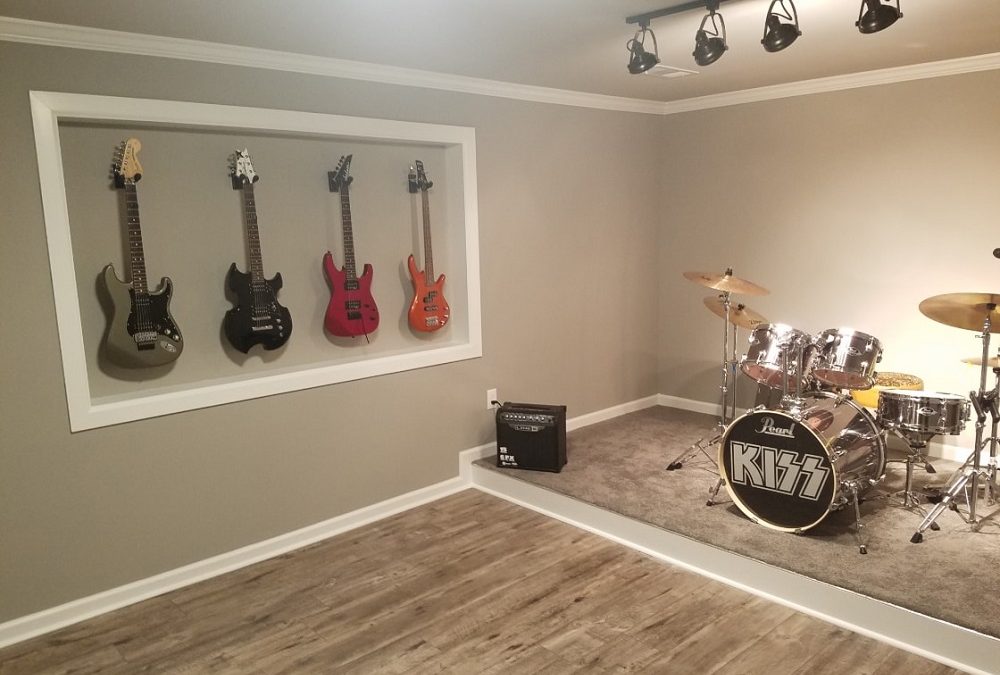Ask professional exterior painters and you’ll learn that any painting job is only as good as the primer and surface preparation beneath it. The success of a painting project is determined before the first brushstroke or coat of paint is applied, as proper paint adhesion can only be guaranteed through thorough surface prep and primer application. There’s a good reason that most paint contractors in Canton, GA, include primer application in their estimates. It’s simply critical to the quality of any paint job.
What is primer exactly? Though it can come in several forms and types, the primary purpose of primer is to make the surface to be painted more accepting of the paint that you apply. It’s an adhesive that ensures proper absorption of the paint onto the surface, thus creating better adhesion and a more consistent appearance. It can also help reduce the number of coats that are required to get the desired paint coverage. Keep reading to learn more about the different types of primers in use today.
Oil-Based Primer
As the name would indicate, oil-based primers, like oil-based paint, are primers suspended in oil. Most oil-based primers are made specifically for wood. They create a layer that promotes paint adhesion, but primer also helps the paint dry more quickly. Typically, it takes a while for paint to dry when applied to bare wood surfaces. Because wood is a natural building material that contains inconsistencies and anomalies, there can be differential absorption when the paint is applied to bare wood. Primer helps even out the appearance by providing a suitable foundational layer upon which the tinted paints are applied in subsequent coats. They can be used with both oil-based and latex-based paints. They prevent the leakage of tannins and sap from showing through the paint when applied to bare wood. Oil-based primers can be used on unfinished wood, previously varnished wood, redwood and cedar, heavily weathered wood, or wood with existing paint that is cracked or chalked.
Latex-Based Primers
Latex-based primers are typically used on drywall and other interior surfaces because they don’t have the volatile organic compounds, or VOCs, that are often present in oil-based primers. They’re water-based, which means they’re easier to clean up. They dry quickly and are somewhat more flexible than other primer types, so they aren’t as likely to peel and crack. Latex-based primers are also ideal for priming concrete, brick, and some types of metals because they even out the surface imperfections and cover previous stains or blemishes. Latex-based primers are perfect for use on unfinished drywall, bare softwoods such as pine, masonry such as brick or concrete block, and properly cleaned galvanized metal.
Shellac-Based Primers
Shellac-based primer is usually used to paint wood, though it can be used on a variety of surfaces. They offer the best stain-blocking capability of any type of primer, and as a result, they are often used in homes that have indoor smoke damage or water damage. They’re fast-drying and can be used in conjunction with latex-based or oil-based paints. While shellac-based primers have many good qualities, they release strong fumes when used indoors, so care must be taken to vent the VOCs. Also, they are difficult to clean up, as denatured alcohol must be used to remove the primer from brushes and tools. Shellac-based primers are often used with surfaces stained by water or rust, knotty wood that bleeds tannins, and metal and plaster surfaces where a fast-drying product is desirable.
Whether your next paint project involves interior or exterior painting in Canton, GA, make sure that you use the proper primer to get the job done the right way. Primer can reduce the number of coats you need for coverage, offer better adhesion, and extend the lifespan of your paint job. To learn more about the different types of primers, contact Fillo Painting at (770) 407-5121.

